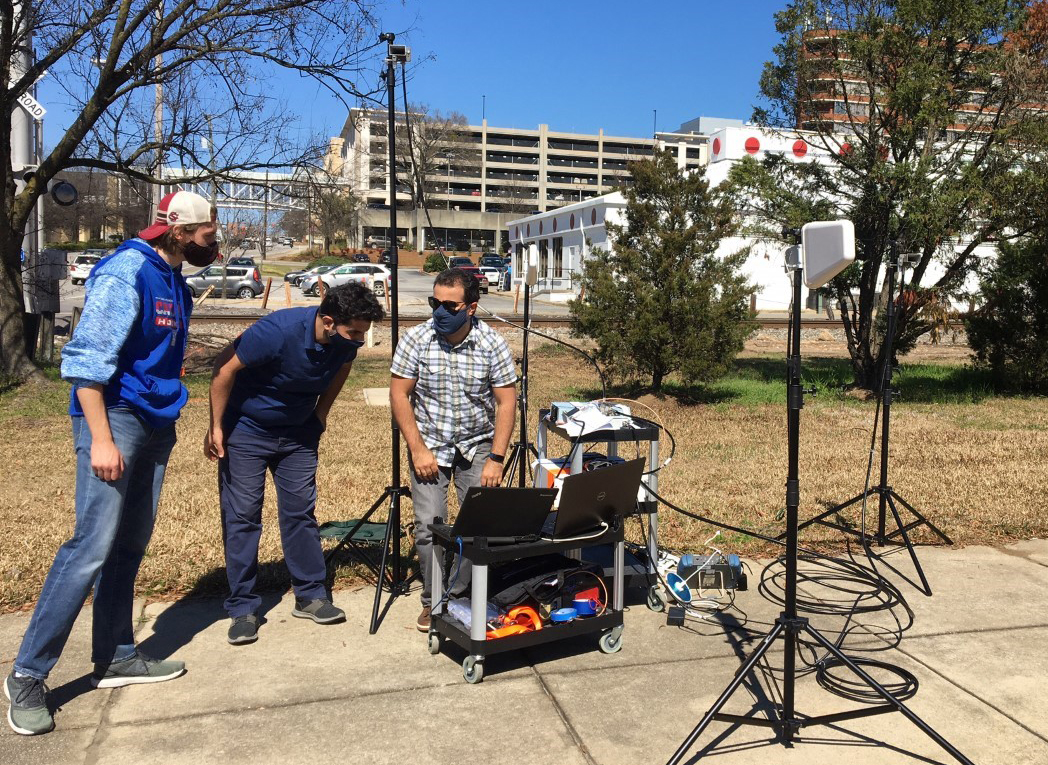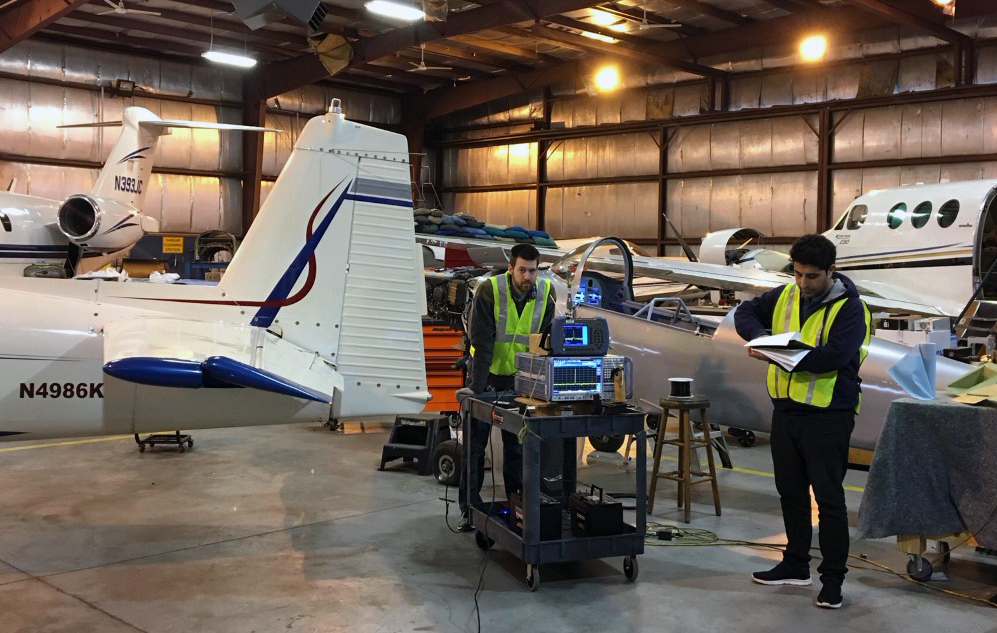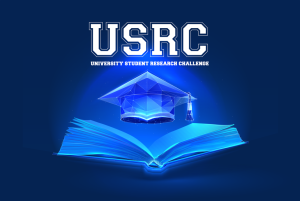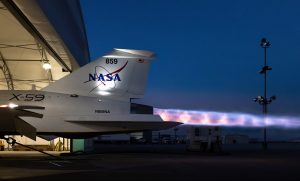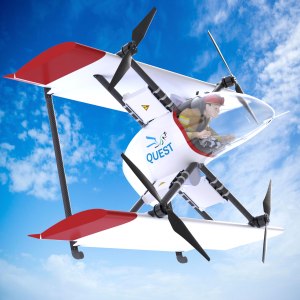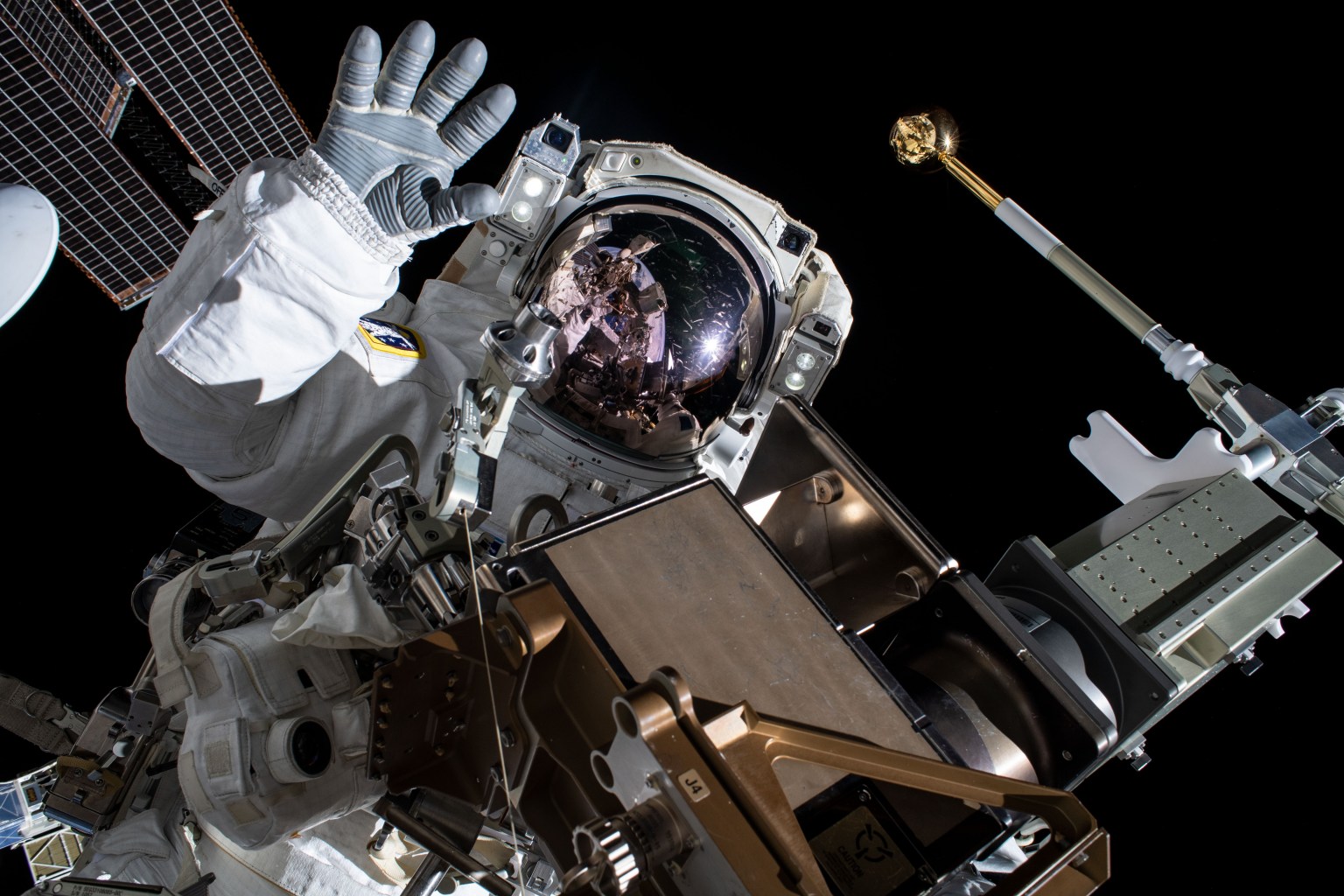It’s been five productive years since NASA created an opportunity for universities across the country to compete to receive grants allowing them to further the work of the agency’s aeronautical strategic research thrusts.
Under the University Leadership Initiative, or ULI, teams of graduate and undergraduate students and faculty are invited each year to help solve real-world technical challenges in areas such as Advanced Air Mobility, Air Traffic Management, and more.
Through the unique experience of participating in ULI, these innovators and dreamers of tomorrow have the potential to define what the future of aviation will look like.
Now, with the first round of participants selected in early 2017 wrapping up their five-year long research terms, the students can reflect on the impact that ULI has had on them and consider how their careers will benefit from this experience.
From NASA’s point of view, there’s no doubt that ULI has been – and will continue to be – nothing but a positive influence on the students and aviation.
“My feelings are analogous to those of a proud parent at their child’s college graduation,” Koushik Datta, Project Manager for NASA’s University Innovation project under which ULI is managed, said of these first-round participants.
“I first encountered these students at their kickoff meeting five years ago. Since then, I have been blown away both by their passion and by the amazing technologies they have developed under ULI,” Datta said.
Helping Aircraft Find Their Voice
The first ULI project to close out was a team led by the University of South Carolina.
Their research – called Hyper Spectral Communications and Networking for Air Traffic Management (HSCNA) – investigated ways to improve radio communications used in air-to-ground and airport operations.
This included utilizing frequencies in multiple bands such as those in the L-band or millimeter-wave band to provide aircraft and airports with new communications methods in addition to the radio frequencies already used by air traffic managers.
The L-band, for example, is a range of radio frequencies used in applications such as GPS and mobile phones.
This band is expected to be used in future data communications applications identified by the FAA’s NextGen Air Transportation System, aiding aircraft to determine and communicate their precise location both with each other and with the ground.
The millimeter-wave band, on the other hand, is a higher frequency band than the L-band and has a much shorter range of use. The HSCNA team has investigated its use in airport operations and traffic management.
Making multiple bands work simultaneously improves safety, reliability, and efficiency as the number of aircraft movements in the National Airspace System grows. It provides added redundancy – and if each band is transmitting strongly, more important data about each aircraft can be shared at once.
“We’ve designed systems that work better in the presence of interference than what exists now,” said David Matolak, a professor at the University of South Carolina and principal investigator of HSCNA.
The team – which also includes researchers from North Carolina State University, Boise State University, and partner company Architecture Technology Corporation – also has looked at using up to four frequency bands at once in aviation applications, whereas most systems today only use single frequency bands.
“The research goal for us is making combinations like those work,” said Matolak.
One Thing Leads to Another
HSCNA serves as an example of how each ULI project has the potential to become more than the sum of its parts.
Though ULI funds each project’s research for three to five years, ULI itself is just the beginning. Each project’s research topic has the potential to turn into something larger and continue beyond the scope of the original grant.
HSCNA proved to be one of these topics.
The project completed its final closeout meeting with NASA in September, but the research is continuing onwards. Matolak and his students are now working with the South Carolina Civil Air Patrol to conduct flight tests of their equipment.
“We’ll be testing air-to-ground communications with multiple antennas, higher data rates, and more robust transmissions. It will serve as a proof-of-concept and demonstrate that this is possible,” said Matolak.
Having students take this experience with them into their careers is an outcome central to the purpose of ULI.
Student Involvement
“When we started the ULI, we did not expect that so many students would get involved,” said Matolak.
In keeping with the spirit and mission of ULI, students were involved with HSCNA in each step of the process. More than 20 students participated in the research with faculty across the three universities that were part of HSCNA.
“We had post-docs, graduate students, undergraduate students, and even high schoolers working with professors and with industry partners. It was a diverse group, with about a third of them from underrepresented backgrounds,” said Matolak.
And as the research continues beyond the scope of the original ULI, the student involvement continues as well.
With this ULI, for example, two undergraduate students will participate in the upcoming flight tests with the South Carolina Civil Air Patrol. Moreover, during the next year one of Matolak’s post-doctorate students will continue to do research onsite at a small airport.
Matolak also was able to accomplish the goal of reaching out to students who otherwise would not have heard of aircraft communications.
He brought a radio that was being tested as part of the ULI research to his undergraduate classes, showing them what he was working on for NASA and what the implications were for aviation.
They were interested in why multiple-band communications hadn’t been done before. That turned into an opportunity to teach about how radio frequencies come to be used, the verification and validation required, and the regulatory aspects of introducing new communications.
“Aviation communications is not widely taught, with most of the focus being on things like Wi-Fi. But there are differences in aviation. We’re dealing with safety of life. Reliability must be higher. This was an outstanding way to broaden the students’ education,” said Matolak.
This kind of student outreach is what ULI is all about – involving and inspiring the aeronautical innovators of tomorrow in research that makes an impact today.
Final Reflections
ULI doesn’t just make a difference for students, but also for the faculty researchers who attained the grant in the first place.
Matolak notes that he made valuable contacts with other researchers, colleagues, and industry partners during the process, and that ULI has been a useful way to strengthen ties with others interested in the same research.
In fact, he and his colleagues plan to develop a graduate course on aviation communications.
“It was a great project that enabled us to support a lot of students, generate a lot of excitement about NASA, and make some interesting discoveries. In the end, it was very productive,” Matolak said. “I’d love to see the ULI program expand. There are a lot of good students, and NASA has a lot of good projects to offer them.”
The fifth round of ULI awards are currently in the selection process. Once announced, they will join the five teams announced in 2021, five teams chosen in 2020, three teams announced in 2019, and the inaugural five teams selected in 2017.
“It is amazing what these multi-university, faculty-student ULI teams have accomplished so far,” Datta said, “and knowing they will accomplish even more in their careers fills me with great hope for our future.”
To learn more about ULI, the research under way, and the selection process, visit ULI’s webpage here.

























